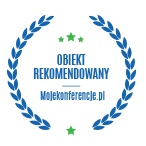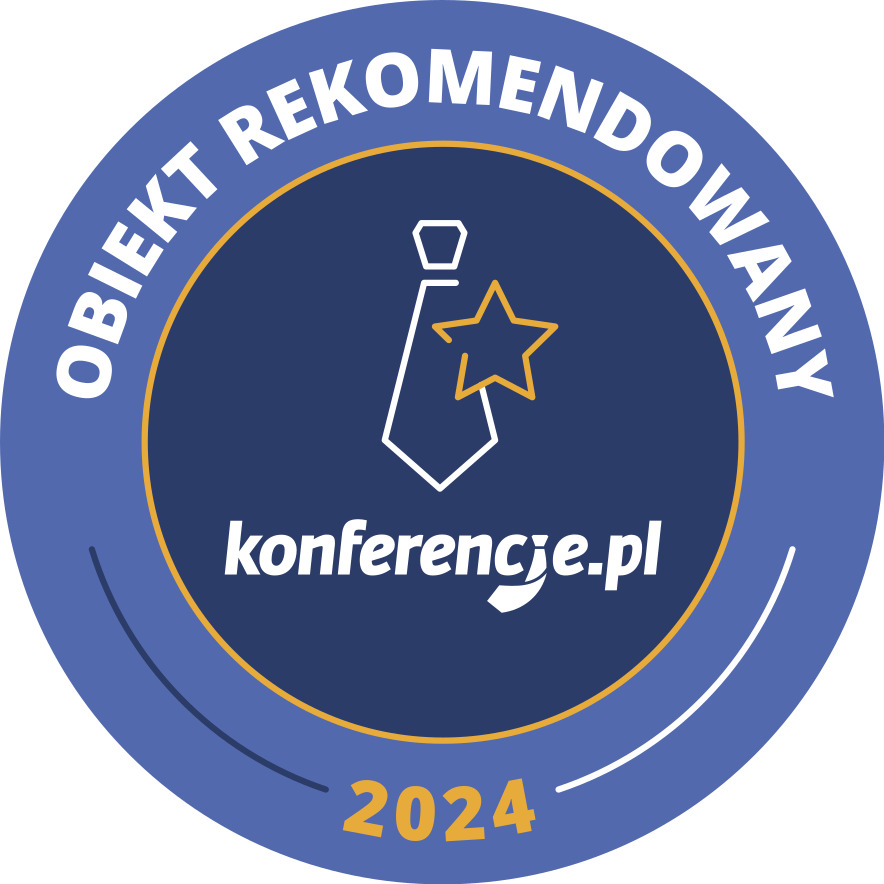Business training is one of the most reliable investments in company development. Teams that regularly upgrade their skills work more efficiently, make fewer mistakes, and respond faster to changes. Research shows that organizations investing in development achieve on average 15 percent higher productivity and more than twice the revenue per employee compared to those that do not. Additionally, turnover decreases, absenteeism costs drop, and employees are more engaged and loyal.
In conference hotels such as Arche Hotel Krakowska, training gains an additional dimension – the right venue helps with focus, integration, and maintaining team energy throughout the day.
Why it’s worth training employees
Competence development is a necessity today. The market changes rapidly, technologies evolve, and customer expectations grow. Training allows companies to keep up with these changes.
A better prepared team works more efficiently and independently, which relieves managers. Increased knowledge results in better decisions, shorter reaction times, and greater flexibility in difficult situations. A company gains not only efficiency but also resilience to unforeseen events.
Training effects in numbers
Investments in development bring measurable financial and organizational results.
According to research:
productivity increases on average by 15 percent,
revenue per employee can be more than twice as high,
turnover decreases by about 40 percent,
absenteeism decreases by 10 percent,
work quality increases by 25 percent.
Over 80 percent of employees admit that training allows them to perform their duties faster and with more confidence. In practice, this means fewer mistakes, better communication, and more efficient goal achievement.
Training and team motivation and loyalty
For employees, training is a sign of trust and appreciation. The opportunity for development gives a sense of purpose and influence on the company’s future. This translates to greater engagement and less desire to change jobs.
Companies that support learning retain up to 57 percent more specialists than those that neglect this area. As many as 89 percent of people declare they would stay longer in an organization that invests in staff development. For the company, this means lower recruitment costs and a more stable team.
Training and resilience to change
Teams developing their competences are more resilient to crises. They can analyze situations faster and seek solutions. In times of market uncertainty, knowledge and the ability to act under pressure become crucial assets.
Research shows that organizations caring for employee development are even 50 percent more effective in responding to unforeseen events. Such a learning culture also strengthens interdepartmental relationships and improves information flow.
How to translate training knowledge into daily work
The training effect appears only when new knowledge is applied in practice. On average, employees use about half of what they’ve learned at work, so it is worth planning implementation activities.
Several simple rules help in this:
defining the training goal and expected behavior changes,
an implementation task for each participant,
a meeting after two weeks to discuss results,
brief support from a trainer or leader during the first month.
This approach increases learning effectiveness and allows better assessment of how training impacts company results.
Location matters
A well-organized training requires the right environment. Comfortable conditions, access to equipment, and a calm space support concentration and experience exchange.
Arche Hotel Krakowska is an example of a place that combines comfort with functionality. Modern, air-conditioned conference rooms are prepared for workshop work. Proximity to Chopin Airport and Warszawa Zachodnia Station facilitates transport, and its own parking solves logistical problems. On site, there is a restaurant and a relaxation area, which helps participants maintain energy and focus throughout the day.
How to plan training in the long term
Systematic approach produces the greatest effect. It is worth organizing development programs in cycles, for example semi-annually, with clear goals and progress indicators.
A good plan includes:
diagnosis of competency needs,
short thematic modules,
practical tasks between meetings,
measurement of effects after cycle completion.
Such a model facilitates maintaining motivation, enables quicker response to changes, and evenly distributes investment costs.
Impact of training on customer service
Better employee competences directly translate into customer experience. Communication skills, responsiveness to needs, and problem-solving increase satisfaction and loyalty.
Companies that regularly train service teams report up to 19 percent higher customer satisfaction levels. Fewer mistakes mean fewer complaints, and a satisfied customer is more likely to return and recommend the company.
The role of leaders
Leaders play a key role in whether training knowledge translates into results. They should support the team in applying new skills, lead by example, and monitor progress.
Regular, brief conversations about what has been implemented help solidify change and maintain motivation. This way, training becomes part of daily work rather than a one-time event.




